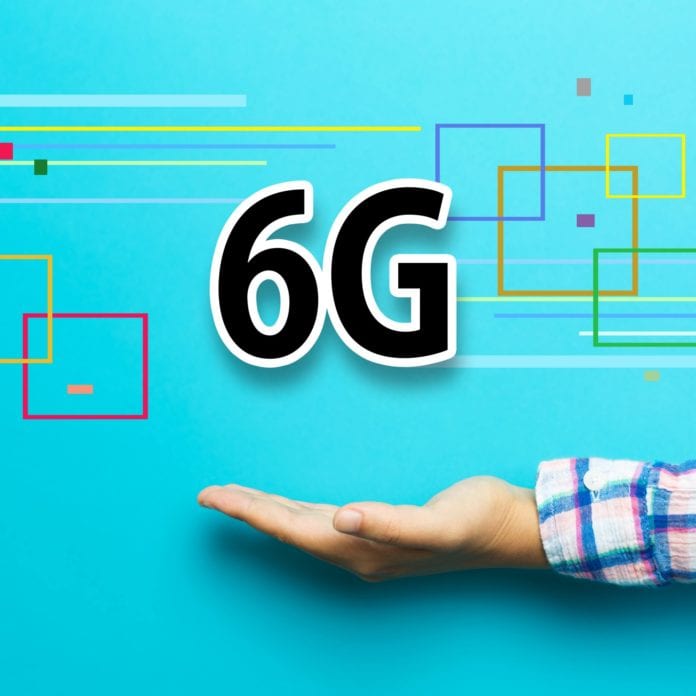Potential applications for Terahertz spectrum include sensing, imagine, wireless cognition
To say we’re in the early days of 5G is an understatement, but regulators and academics in the U.S. are already looking to what’s next. Last week the U.S. Federal Communications Commission voted to open up frequencies from 95 GHz to 3 THz for potential use in mobile communications. FCC Chairman Ajit Pai called the move to open up 21 gigahertz of Terahertz spectrum for unlicensed use “groundbreaking,” and added, “This will give innovators strong incentives to develop new technologies using these airwaves while also protecting existing uses.”
Millimeter wave frequencies, which carry a huge amount of data over a short distance, are a key piece of delivering the increased throughput associated with 5G. That same paradigm–high capacity over a short distance, is further compounded when you move up to Terahertz spectrum.
Ted Rappaport, the founder of NYU Wireless, shared his thoughts with the FCC prior to its March 15 vote. Last month President Donald Trump largely drew jeers when he tweeted about 6G, but Terahertz spectrum could potentially be the cornerstone what of lies beyond 5G.
Rappaport laid out five use cases and attendant applications:
- Wireless cognition: Robotic control and drone fleet control;
- Sensing: Air quality detection, personal health monitoring, gesture detection and touchless smartphones, explosive detection and gas sensing;
- Imaging: See in the dark, HD resolution video radar, Terahertz security body scanning;
- Communication: Wireless fiber backhaul, intra-device radio communication, connectivity in data centers, information shower;
- Centimeter-level positioning.
Rappaport said the FCC’s move on Spectrum Horizons has effectively “launched the race to 6G, helping to ensure the United States will play a leading role in future generations of wireless…As an engineer and educator, I’m happy to know our country’s leaders are working to support American competitiveness in science, technology, engineering and mathematics. STEM and engineering research are so vital for our country’s economic future, and it needs attention like the President gave to 6G.”
Commissioner Jessica Rosenworcel, in a statement, said Terahertz spectrum propagation characteristics warrant a new approach to spectrum policy.
“At the upper bounds, signals over these airwaves may not travel much further than from one end of this dais to the other before losing their strength. Moreover, there are no existing systems to protect in much of this spectrum. Plus, these high frequencies permit the use of newer antenna designs, like quasi-optical antennas, which allow transmitters to better control the direction of their signals. Add all this up, and the likelihood of interference is too low to justify a traditional approach with high administrative costs.”

